That is La Hai, a town in the mountainous district of Dong Xuan. Unlike the bustling Chi Thanh town of the neighboring plain district of Tuy An, which is crossed by National Highway 1, La Hai nestles in the northwest, where there are mornings filled with white mist, many vast golden afternoons, and chilly nights.
A corner of La Hai town
PHOTO: VO TIEN
Rice fields in Long Ha neighborhood
PHOTO: VO TIEN
Compared to two other mountainous towns, Hai Rieng (Song Hinh District) and Cung Son (Son Hoa District), the distance from La Hai to Tuy Hoa city is closer (45 kilometers). But the way the town "lost" in the flow of fast-paced life contains interesting things.
National Highway 19C passes through town, very few vehicles during the day
PHOTO: VO TIEN
A man cycling across an intersection in the late afternoon
PHOTO: VO TIEN
La Hai also has a fairly large route running through the center, which is National Highway 19C from Gia Lai down to Binh Dinh through the west of Phu Yen and then connecting to Dak Lak. However, during the day, there are very few vehicles on this road, and most passenger cars and long-distance trucks pass through here in the late afternoon or early morning.
Ky Lo River section flowing through La Hai
PHOTO: VO TIEN
Sunlight on the river in the dry season
PHOTO: VO TIEN
The town welcomes the difficult water of the Ky Lo River, which is more than 100 kilometers long and originates from La Hien Mountain, which is more than 1,300 meters high in the west. The mountain river rises very quickly in the rainy season, and in years of great floods, houses are almost submerged. In the dry season, the river seems to stop flowing, and in some sections, wading in water not even up to the knees is possible.
People eat and play on the sandbank by the river
PHOTO: VO TIEN
The birds fly back to their nests, above the bridge connecting the two neighborhoods.
PHOTO: VO TIEN
Flowing through La Hai is only a few kilometers, but on the Cai River, as it is commonly called by the locals, there are three bridges. Two road bridges connect the town center with Long An and Long Ha neighborhoods. The remaining is a railway bridge on the North-South railway line.
North-South railway goes to La Hai
PHOTO: VO TIEN
A man working in the field, in the distance is a railway bridge
PHOTO: VO TIEN
The hilly area has a railway running through it. The railway and Highway 1 run parallel from the south, and split at Chi Thanh town. The road continues straight along the coast, the railway splits off, turning west to La Hai.
La Hai Station
PHOTO: VO TIEN
Every day, there are only a few express trains that stop to pick up passengers.
PHOTO: VO TIEN
However, the Reunification trains did not make this land any more lively. La Hai Station is a small station, with dozens of trains running back and forth every day, but only a few trains stop to pick up and drop off passengers.
A Reunification train passed through the station without stopping.
PHOTO: VO TIEN
Woman sitting in the cool air, waiting for the night train
PHOTO: VO TIEN
In the late afternoon, amidst the cold, rumbling trains rushing by, the district town life appears warm and slow. In front of the houses located close to the station, along the tracks without any dividing walls, many people sit to enjoy the cool breeze, children study, calmly facing the threatening headlights, in the familiar harsh sound of the train whistle.
Peaceful life of the district town
PHOTO: VO TIEN
Food court in front of the station
PHOTO: VO TIEN
Right in front of the station, there is a bustling food court in the late afternoon, where locals run to whenever they crave dishes like banh cuon, duck porridge, duck eggs, etc. This is also a convenient place to eat for railway workers on duty, and a place for passengers waiting for the train to sip.
Sunset in the mountain town
PHOTO: VO TIEN
Trains whizzed through the small town
PHOTO: VO TIEN
Ky Lo River now has a new bridge across it named after the river, on the Van Phong (Khanh Hoa) - Quy Nhon (Binh Dinh) expressway, expected to open to traffic on September 2. However, the expressway bridge is located in Tuy An further downstream. The new bridge and road are located between Highway 1 and the railway, La Hai has no additional traffic access.
Only the long-distance night trains continued to pass by without stopping, many trains left La Hai with the echoes of the iron wheels grinding on the rails and then disappeared, like the many times this town was forgotten.
Thanhnien.vn
Source: https://thanhnien.vn/thi-tran-bo-quen-o-phu-yen-185250606134935307.htm


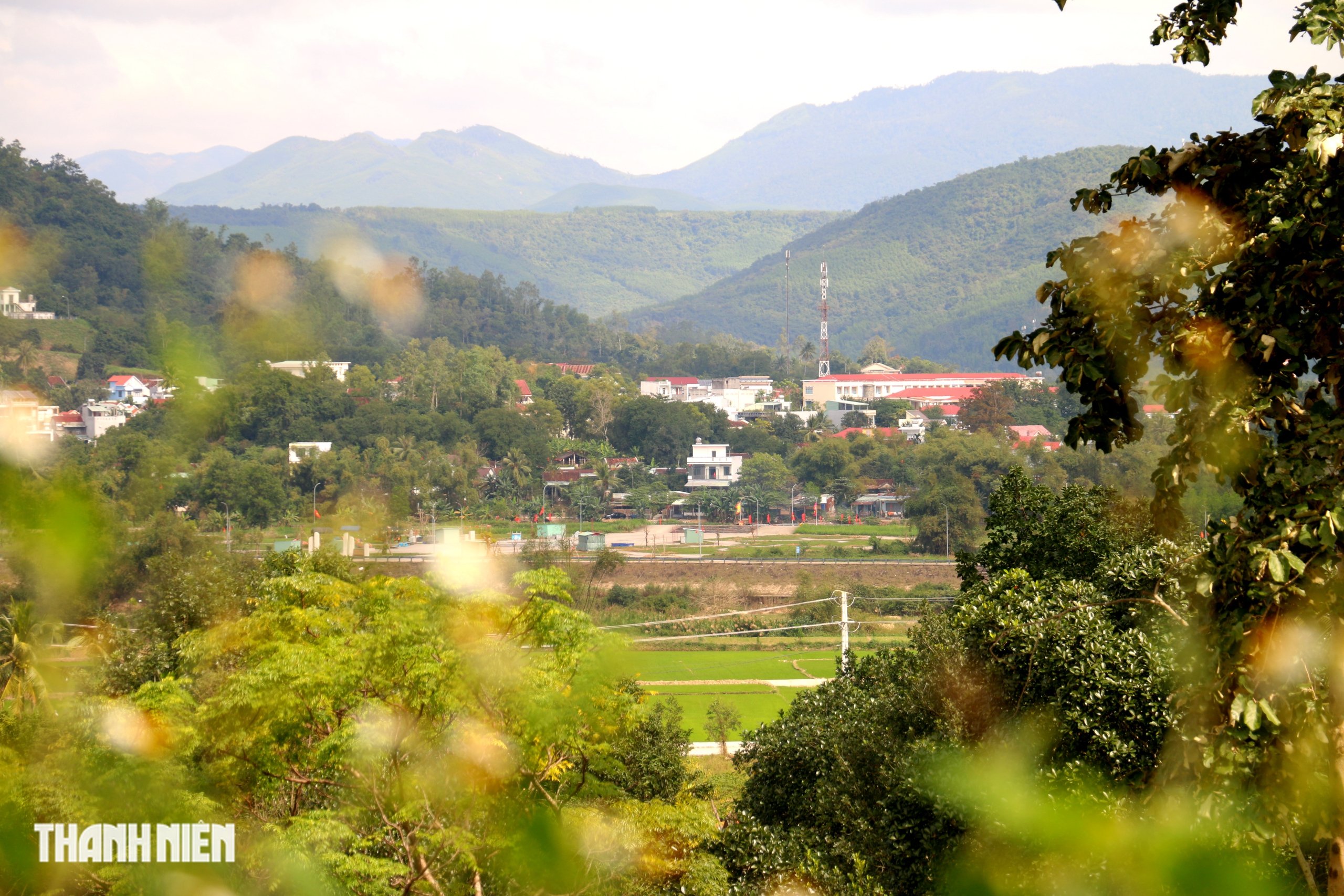
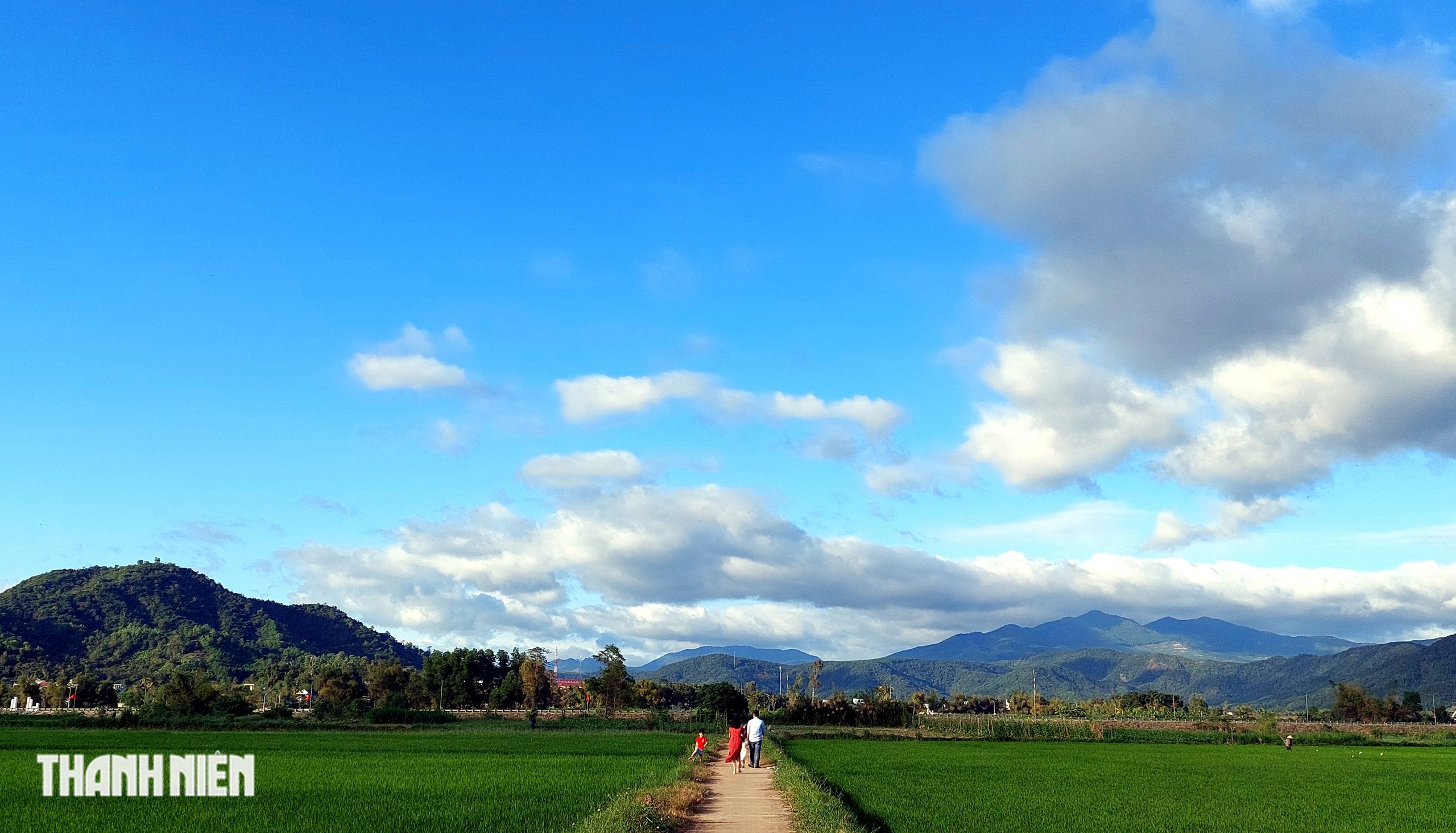
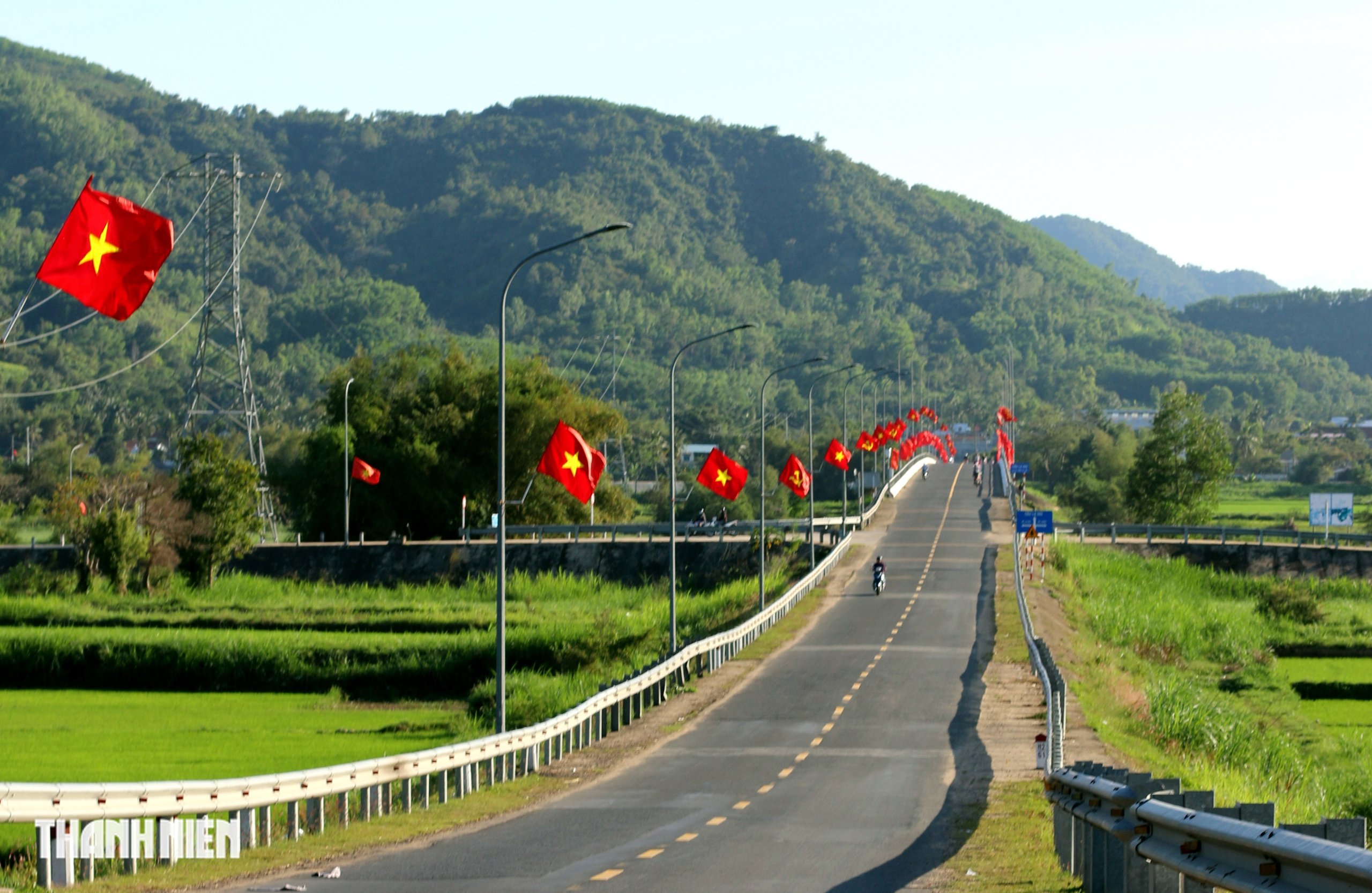
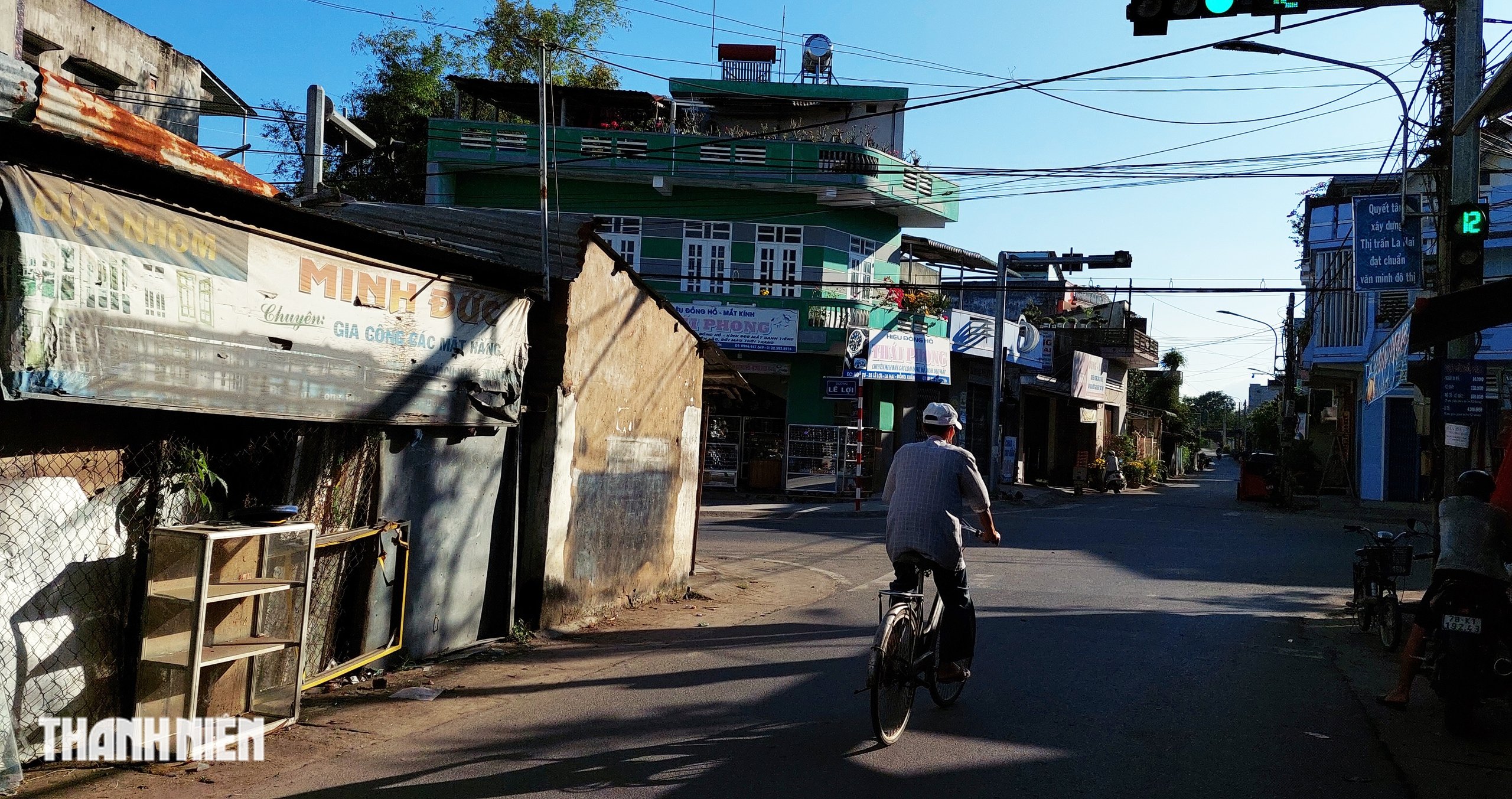
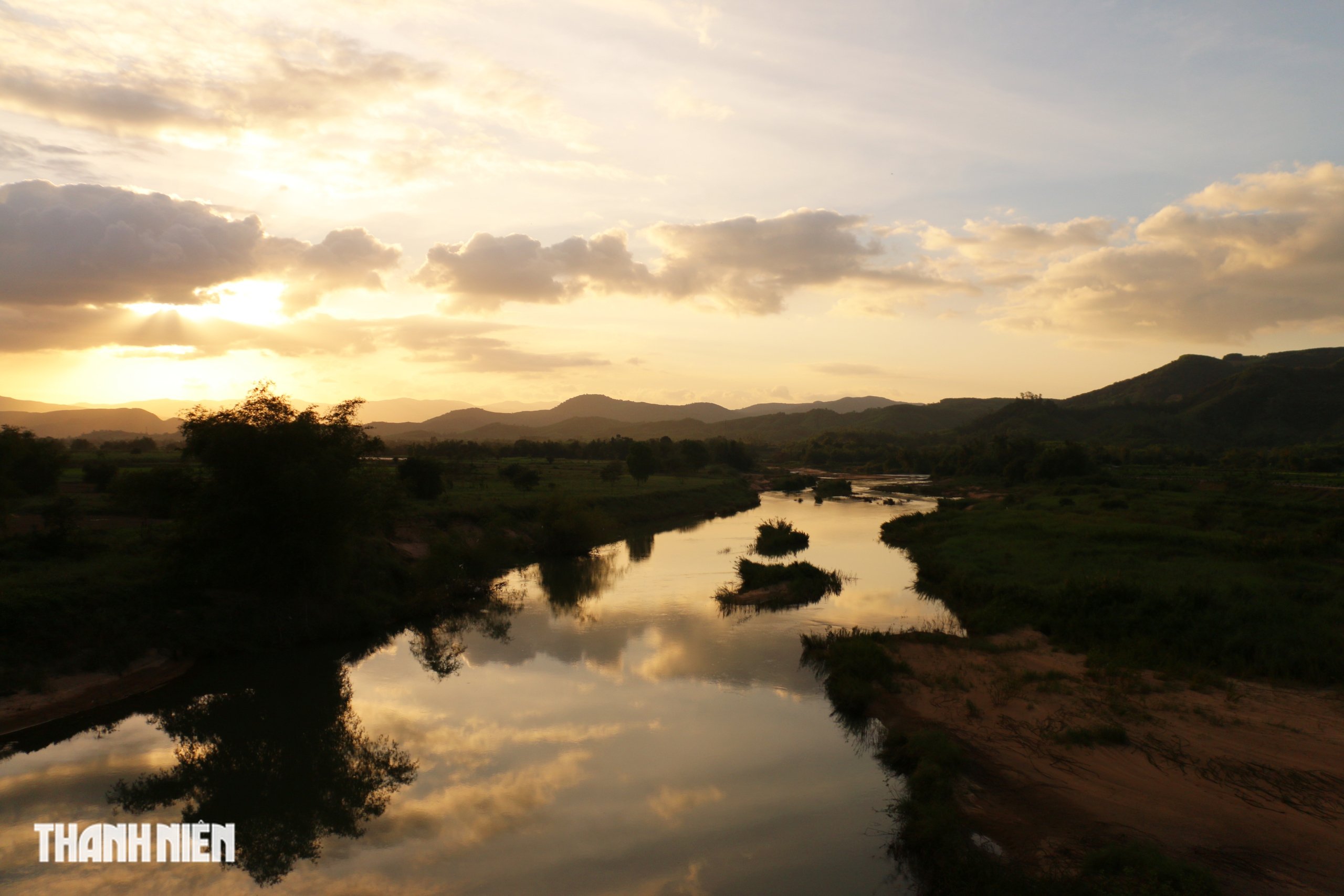

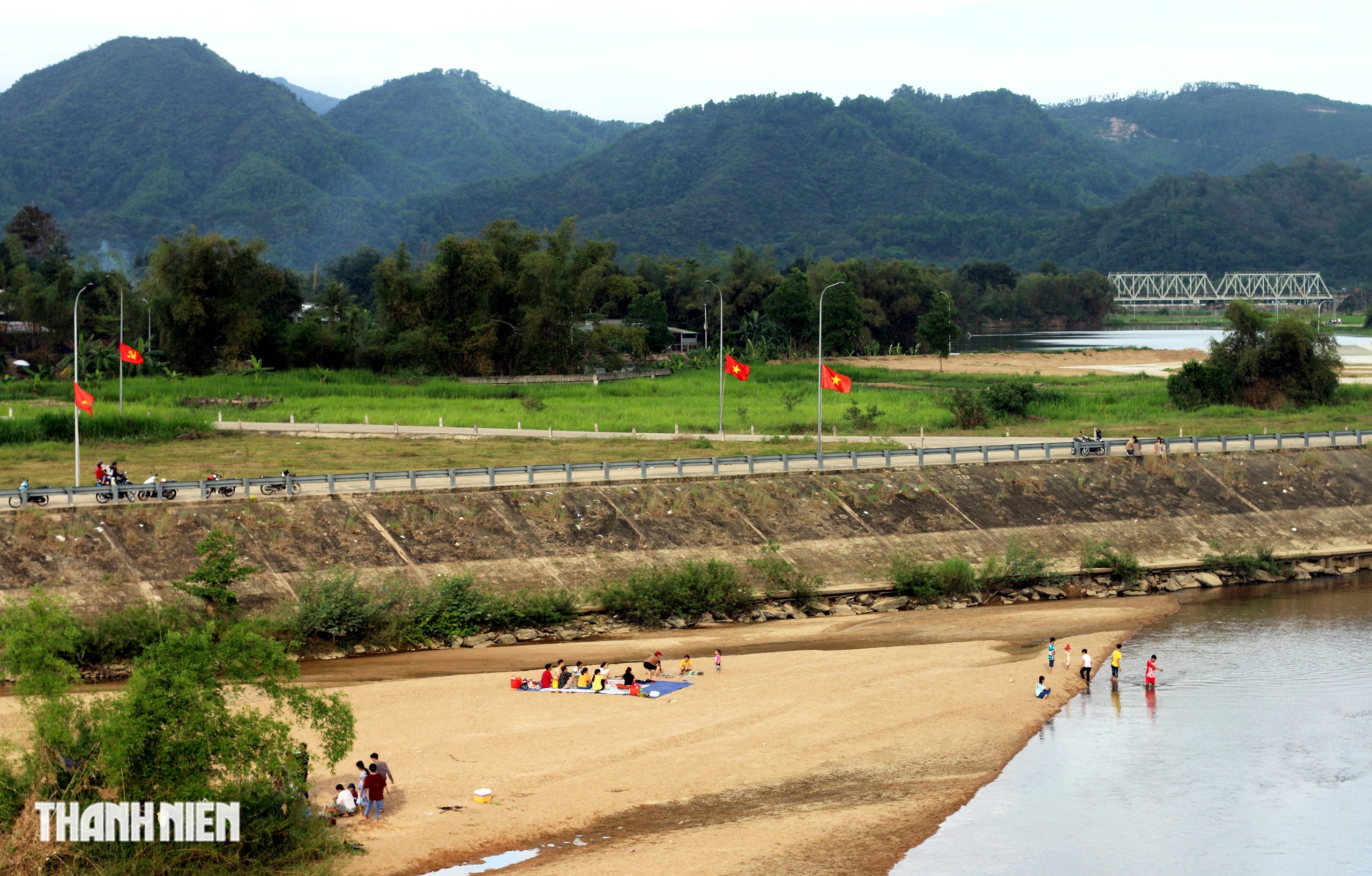
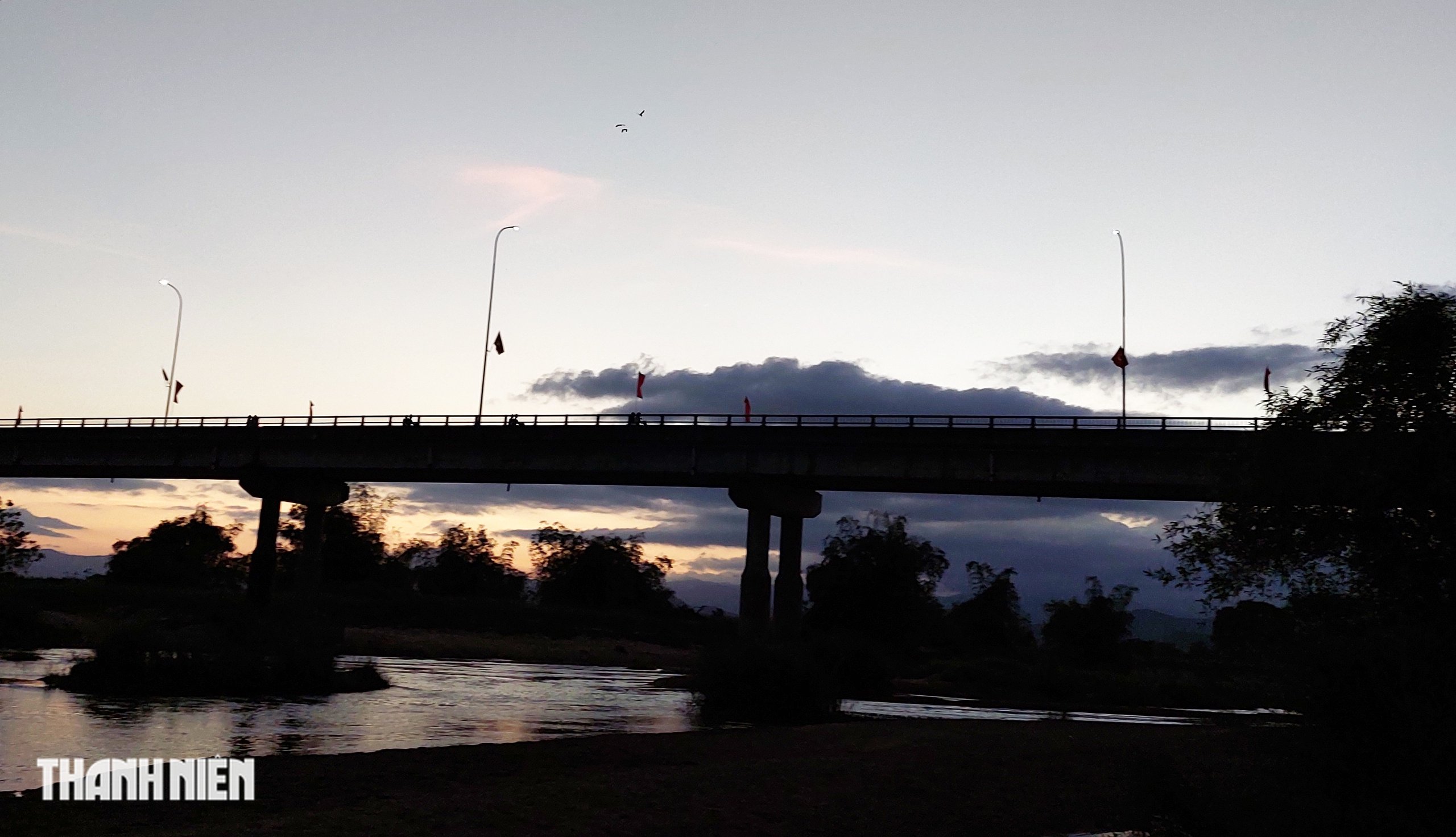
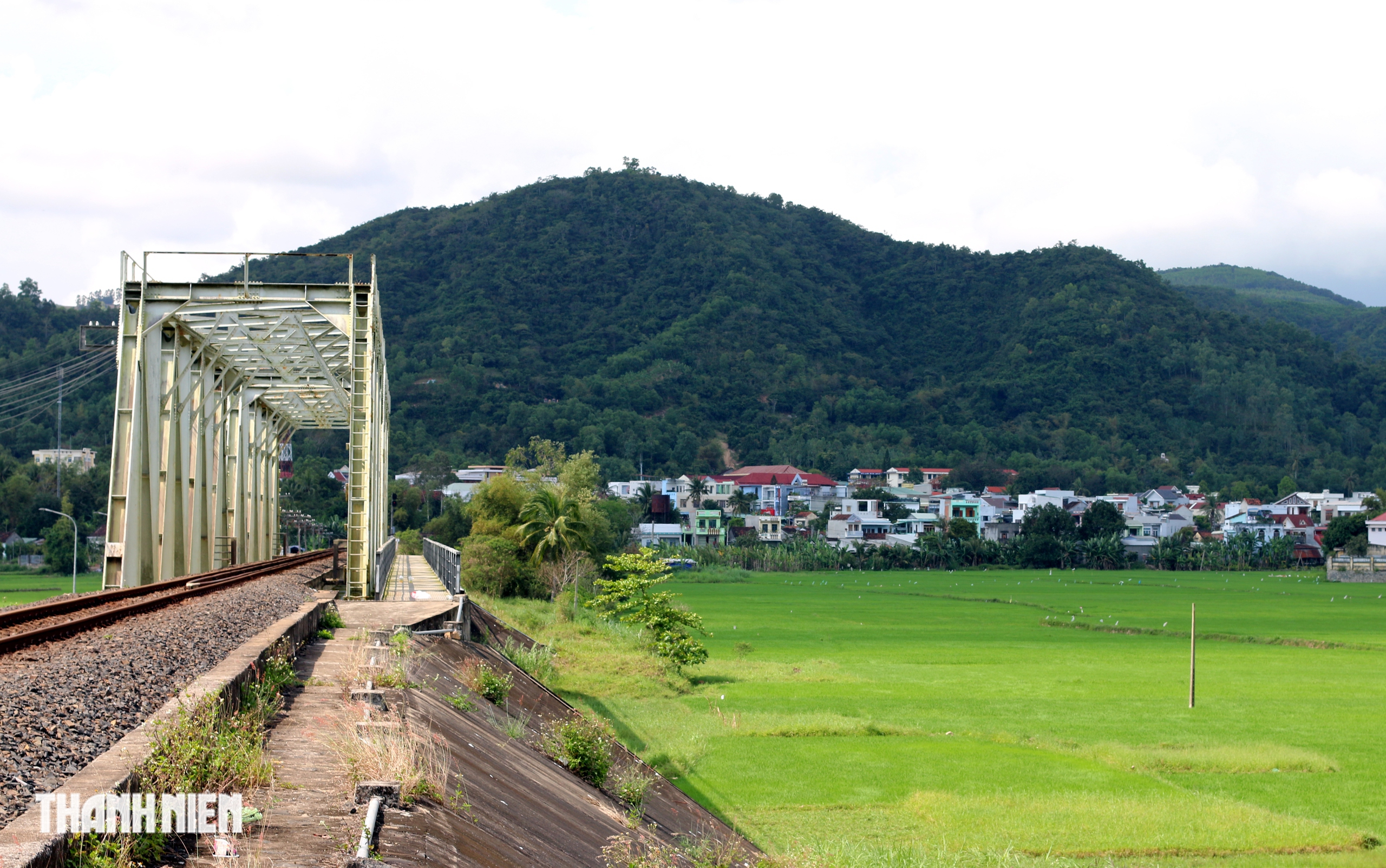
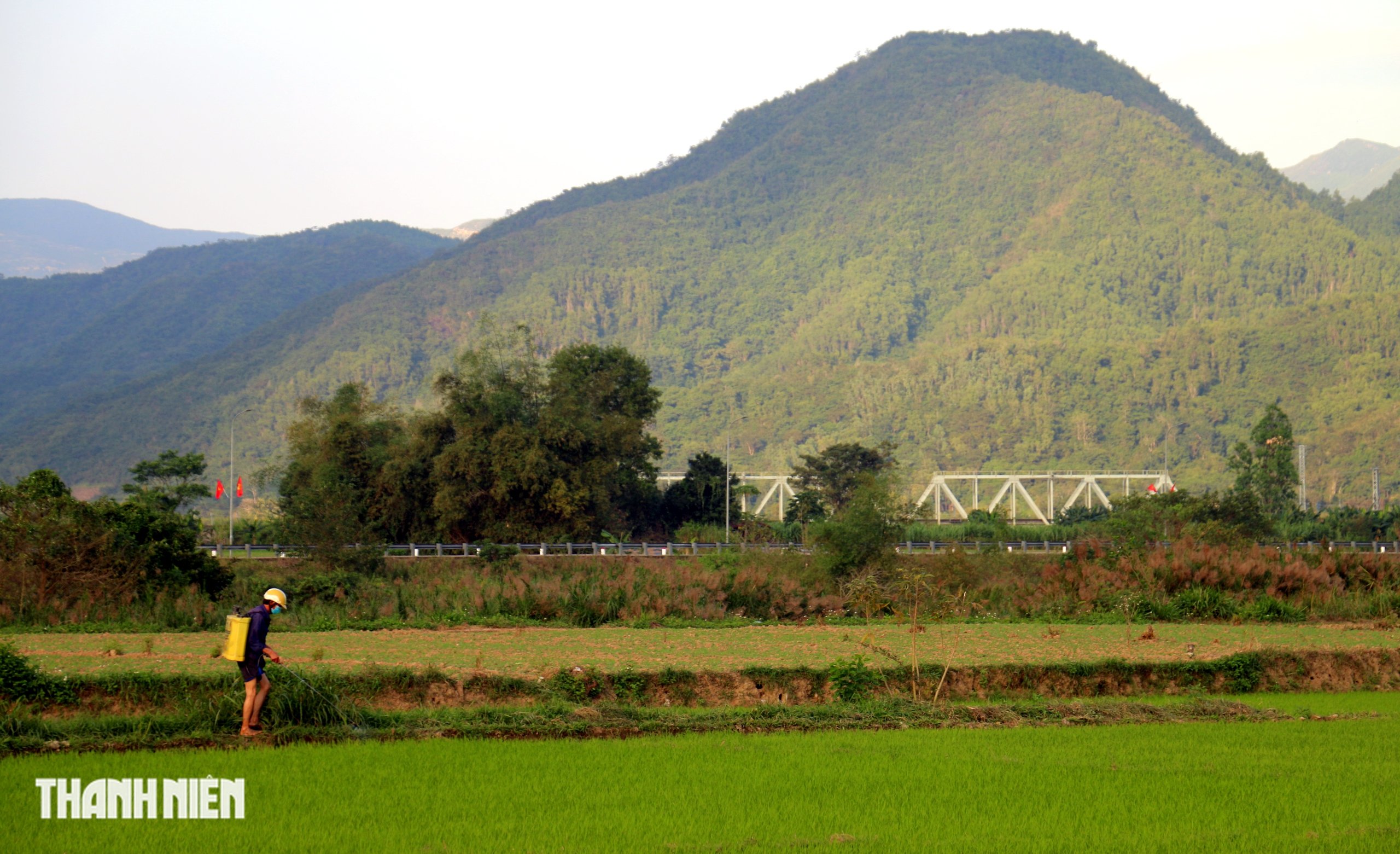
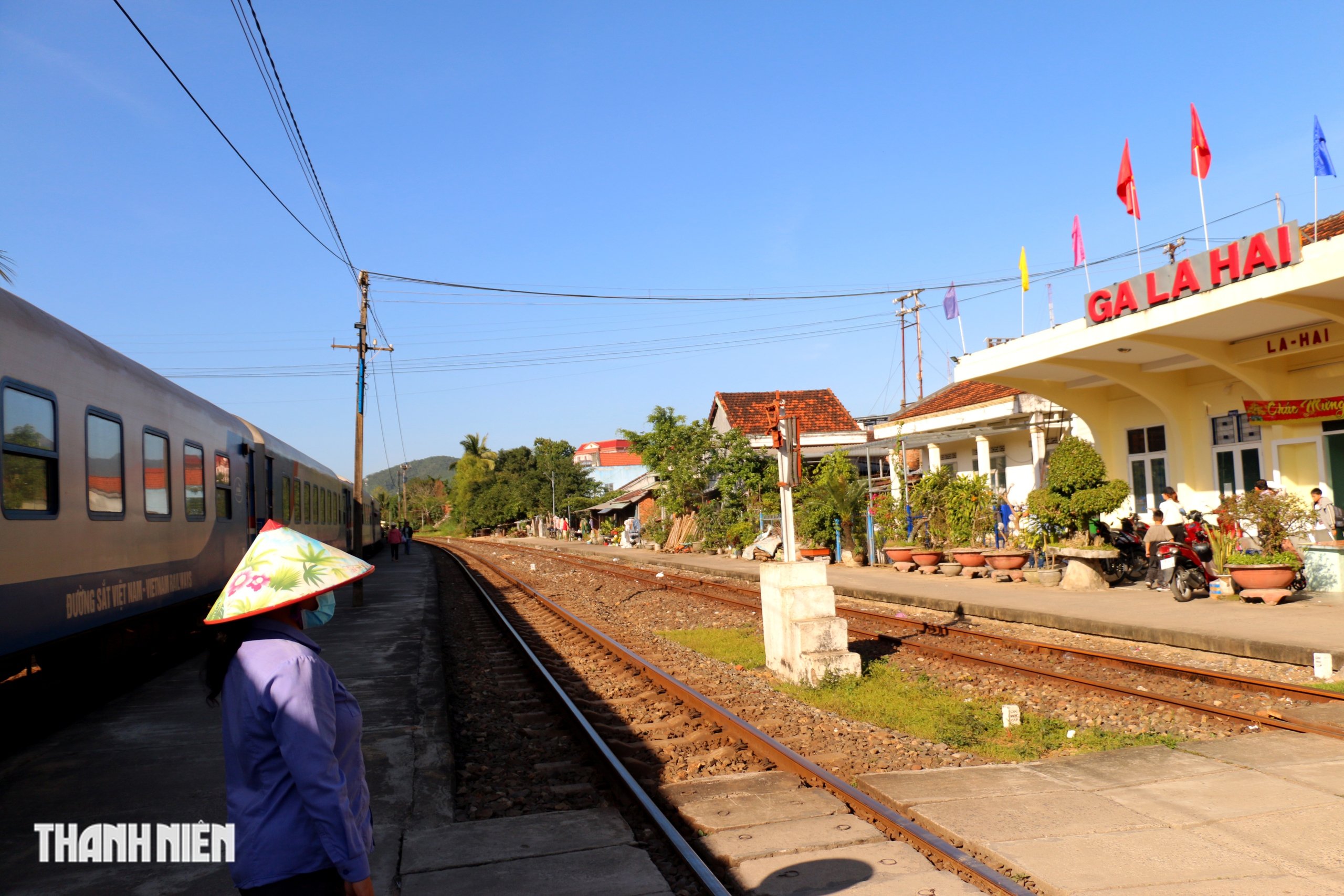
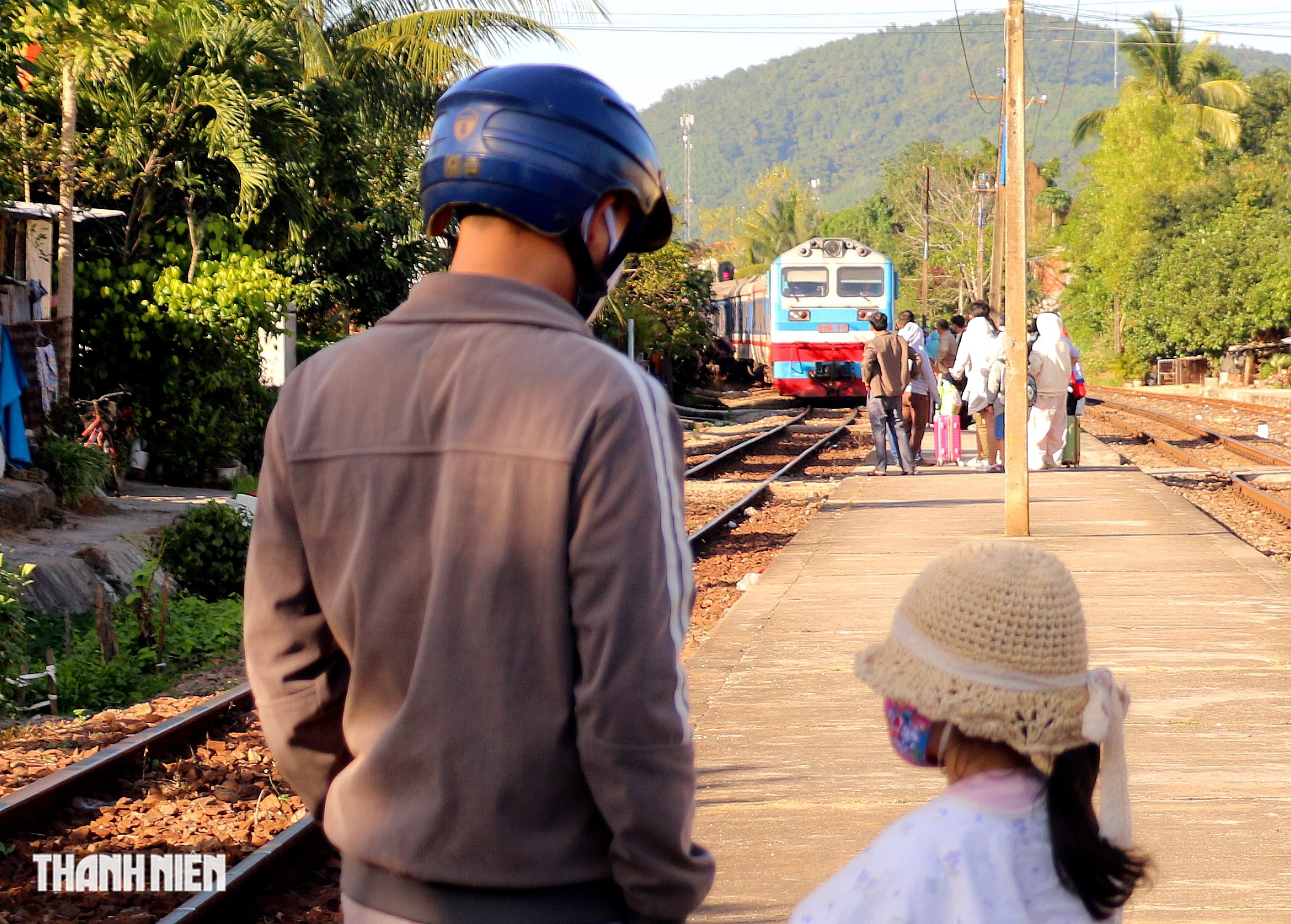
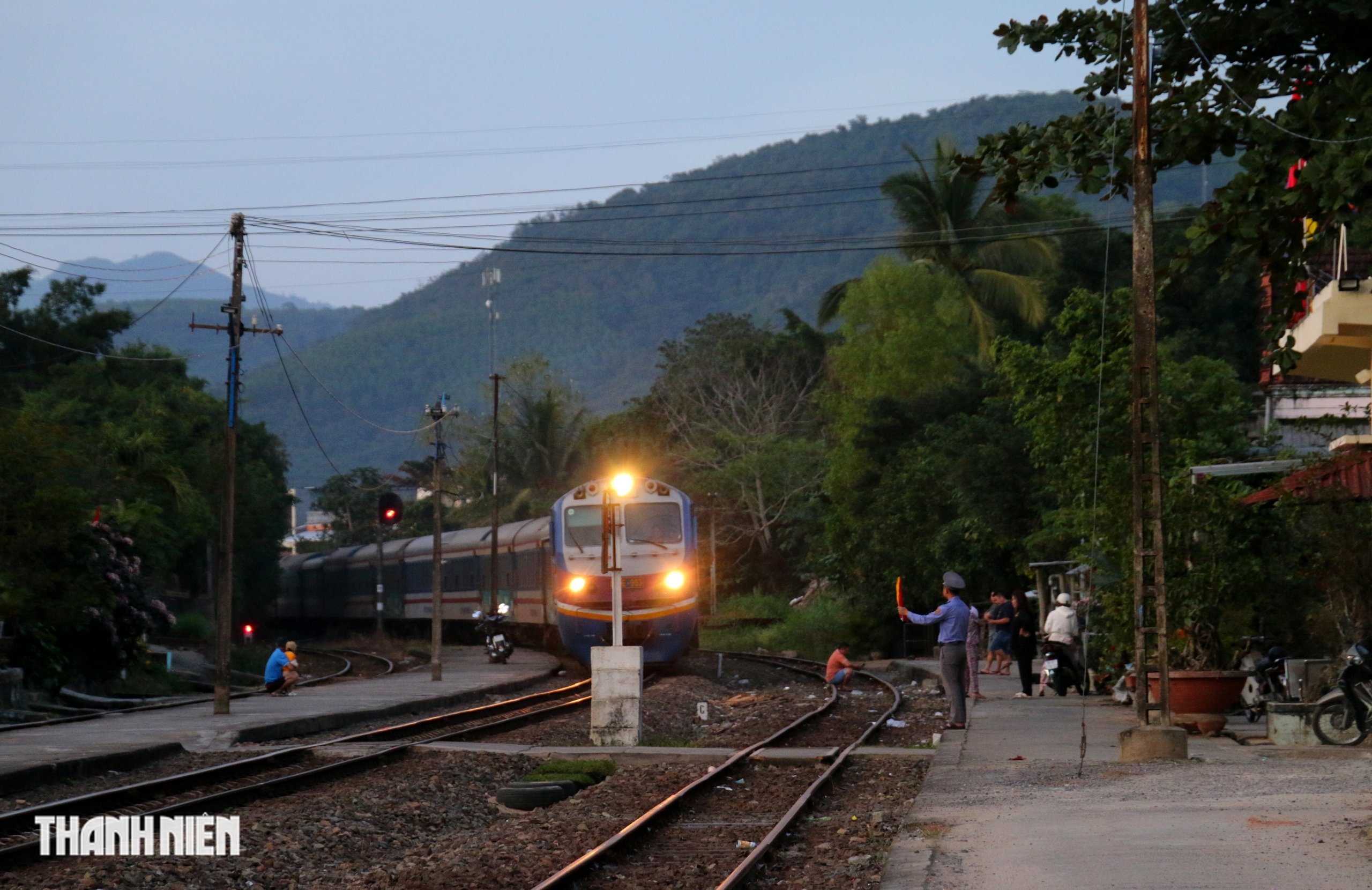
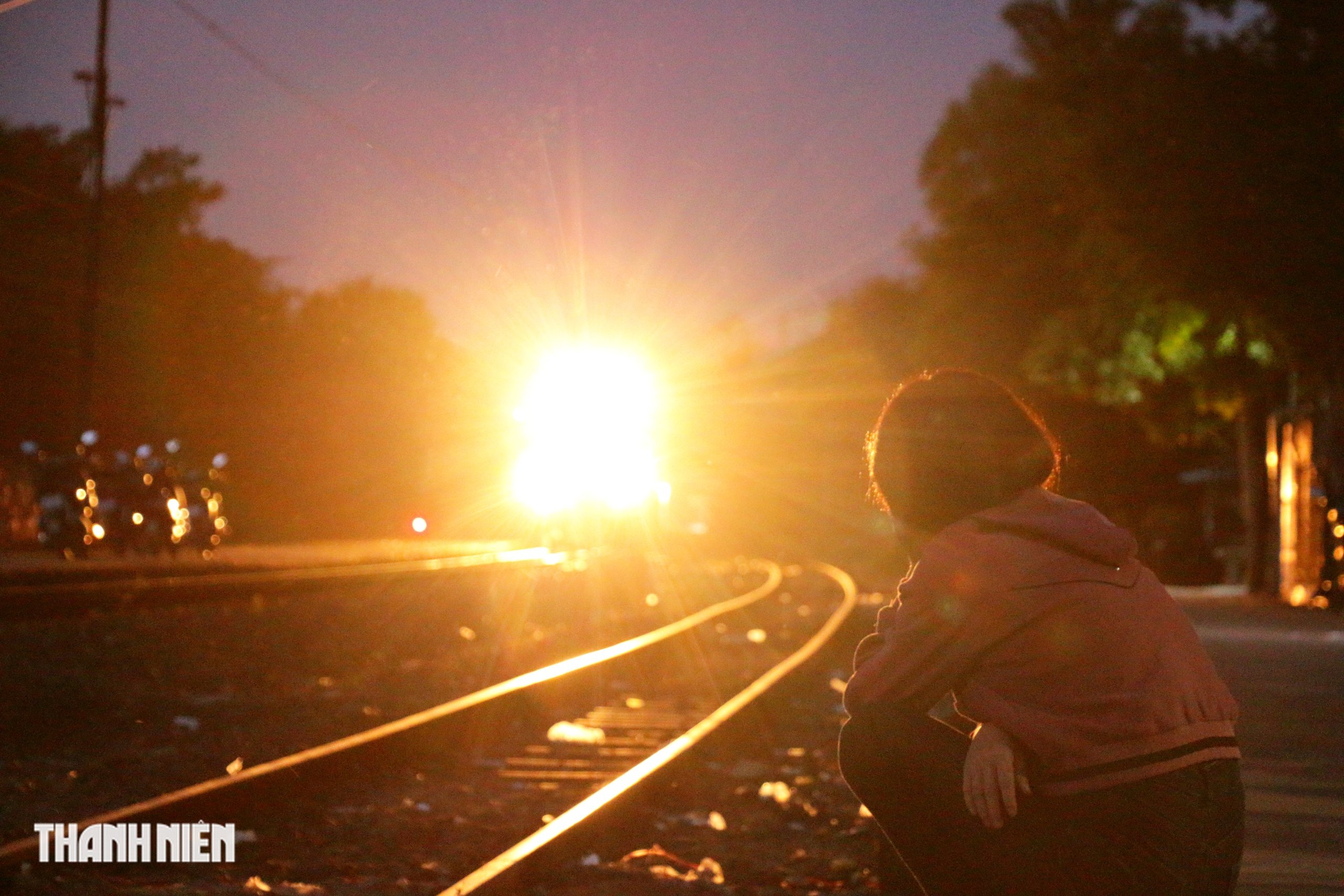
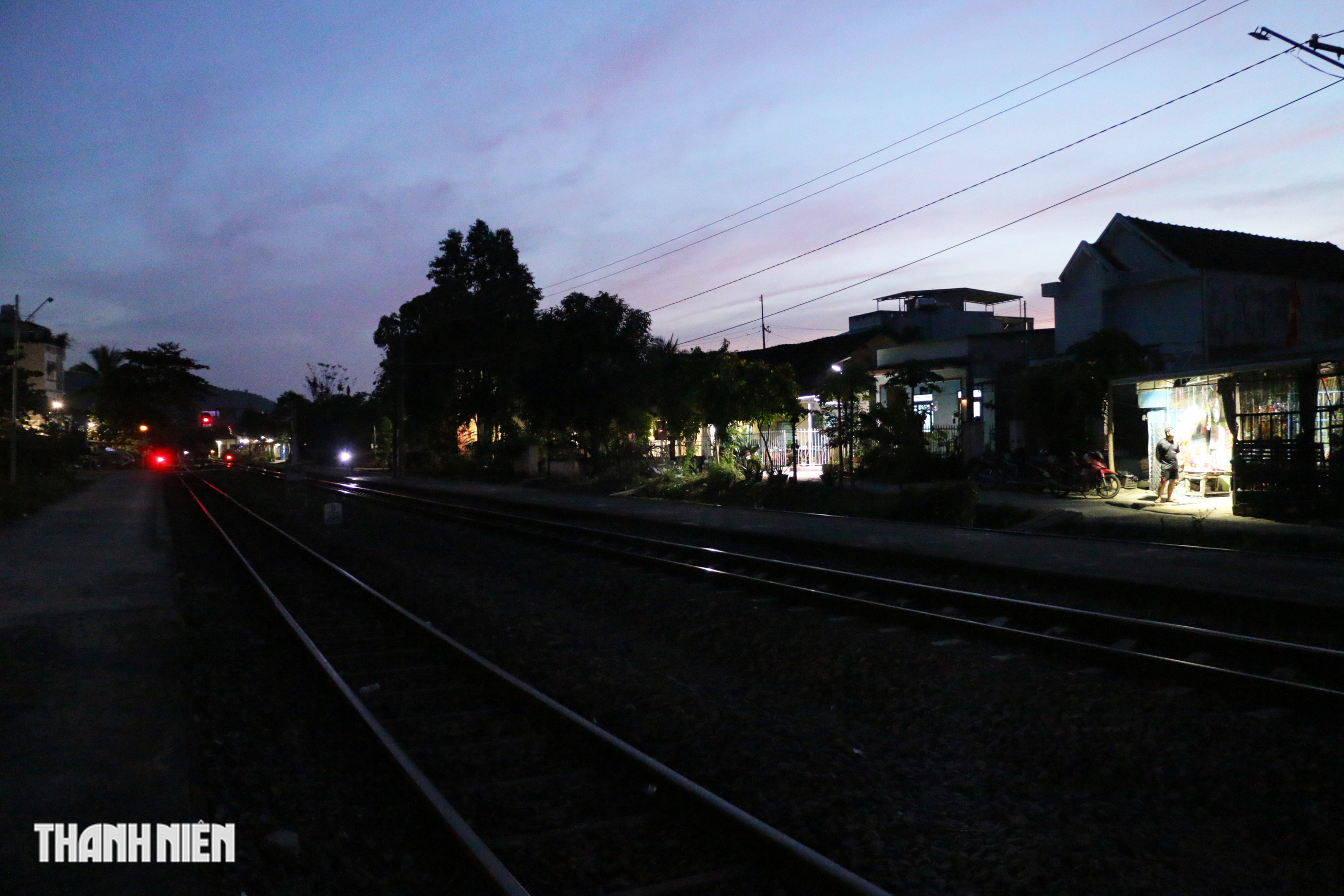
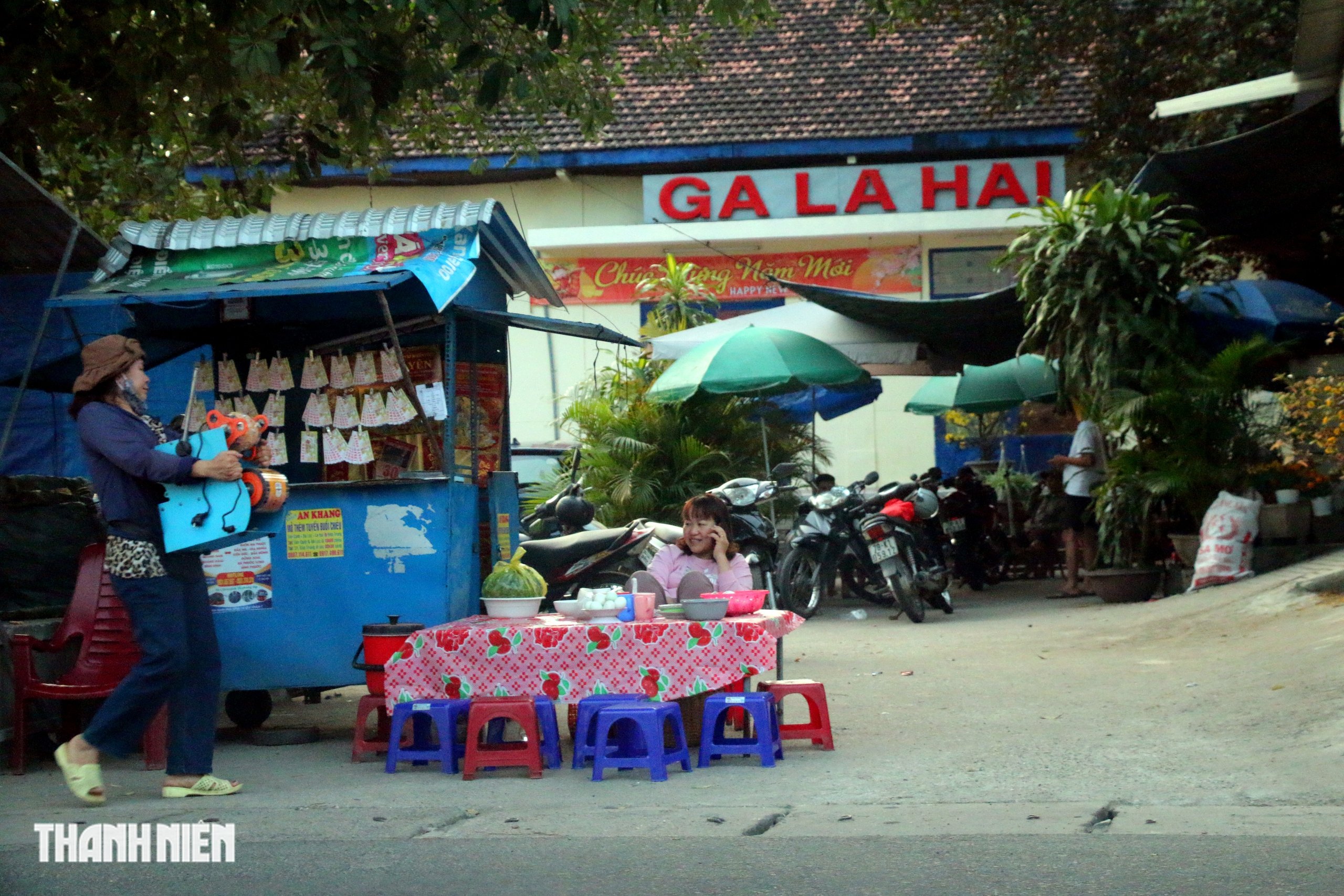
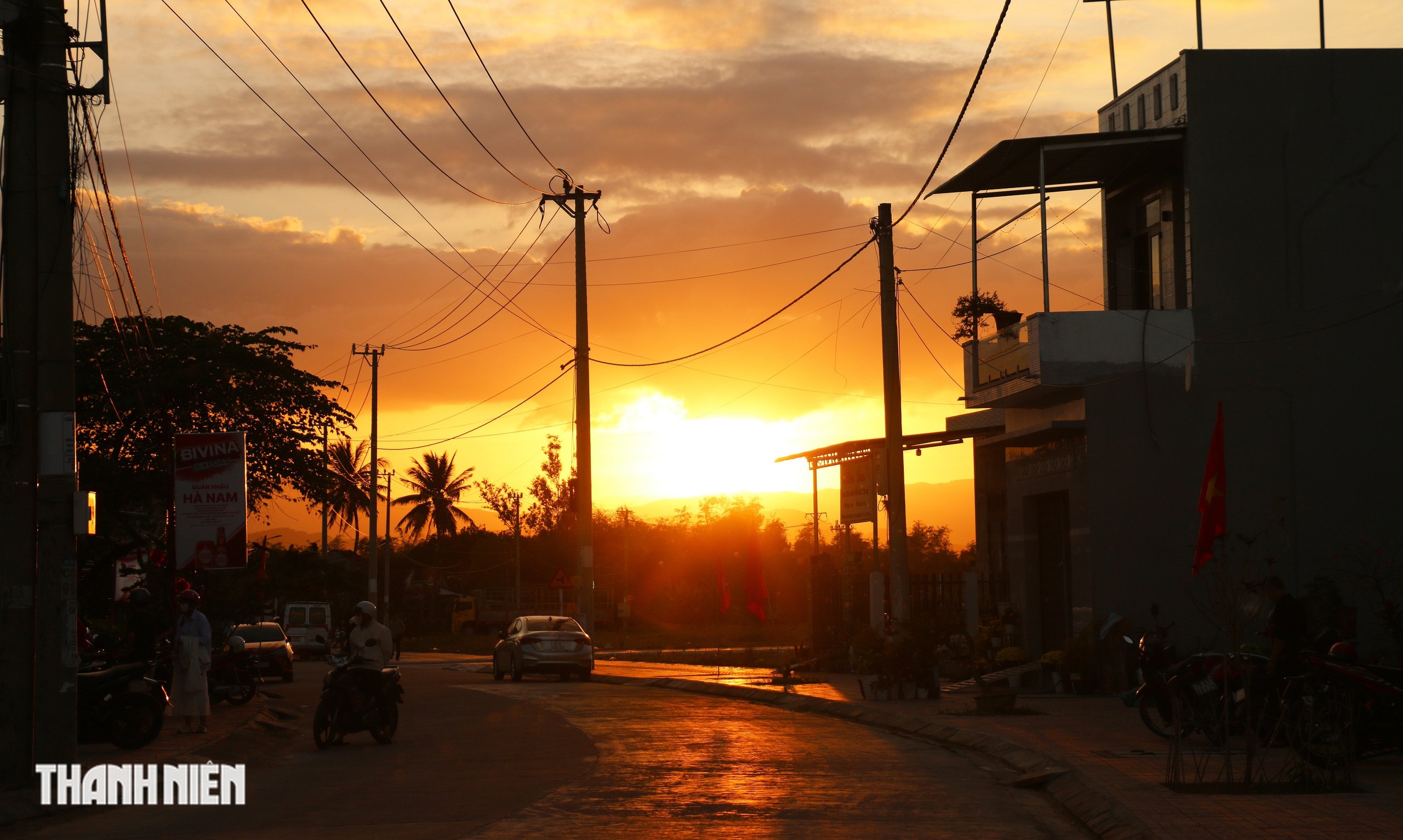
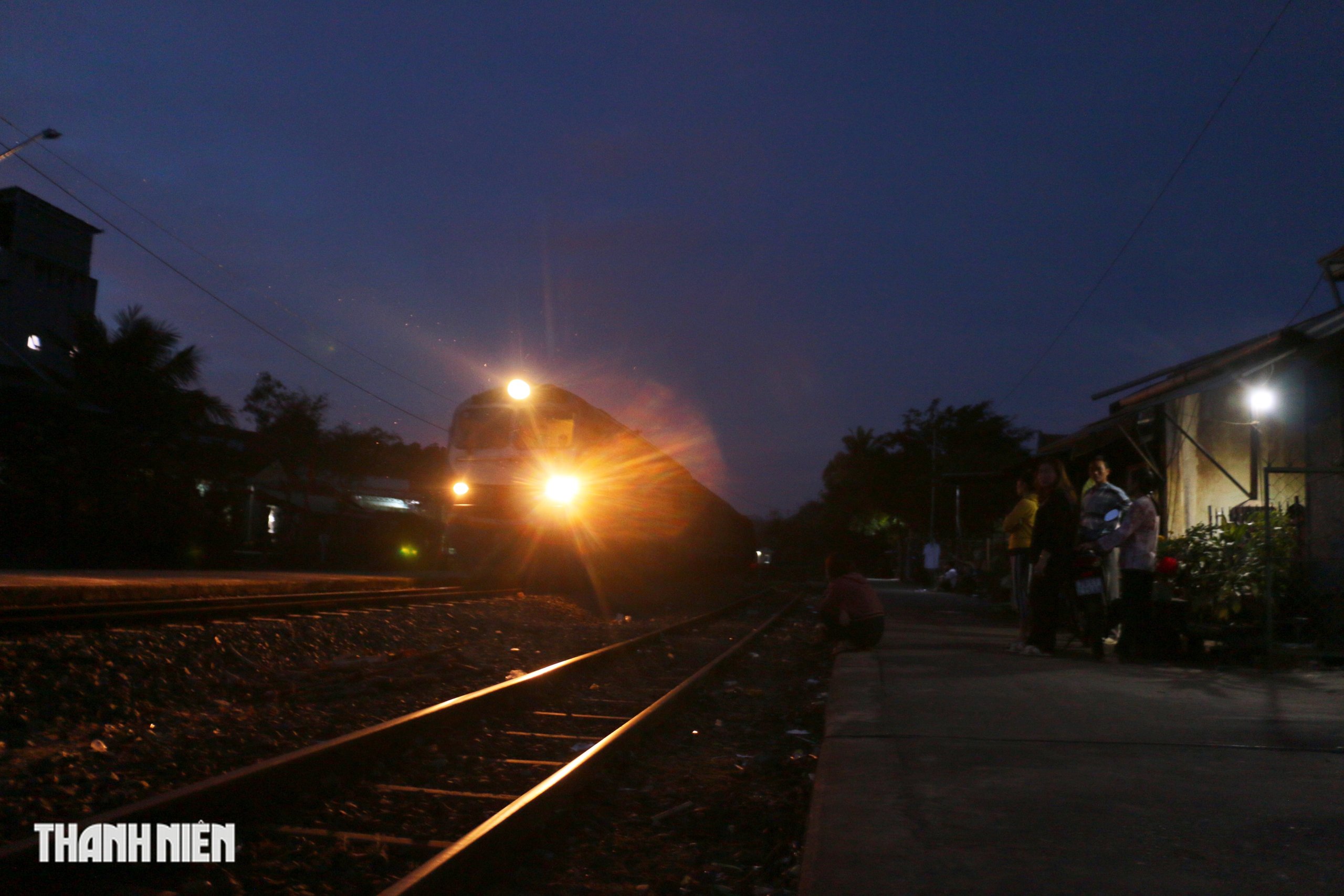
![[Photo] Closing of the 14th Conference of the 13th Party Central Committee](https://vphoto.vietnam.vn/thumb/1200x675/vietnam/resource/IMAGE/2025/11/06/1762404919012_a1-bnd-5975-5183-jpg.webp)
![[Photo] Prime Minister Pham Minh Chinh receives the delegation of the Semiconductor Manufacturing International (SEMI)](https://vphoto.vietnam.vn/thumb/1200x675/vietnam/resource/IMAGE/2025/11/06/1762434628831_dsc-0219-jpg.webp)








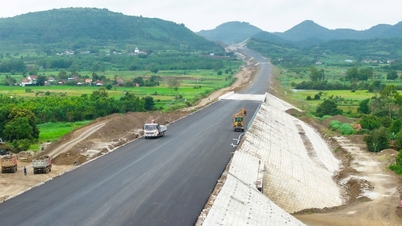











![[Photo] Closing of the 14th Conference of the 13th Party Central Committee](https://vphoto.vietnam.vn/thumb/402x226/vietnam/resource/IMAGE/2025/11/06/1762404919012_a1-bnd-5975-5183-jpg.webp)









































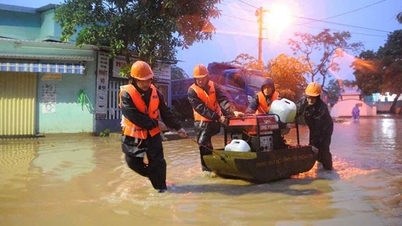








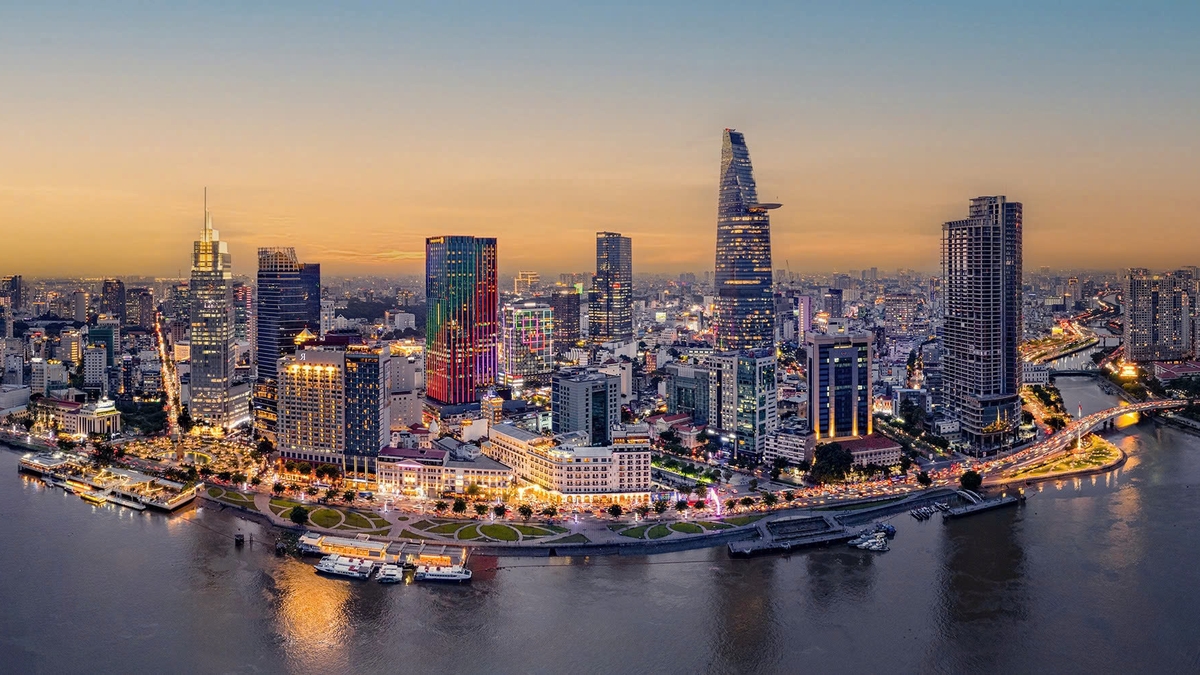

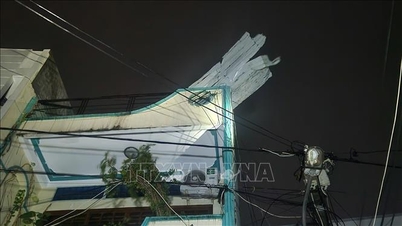
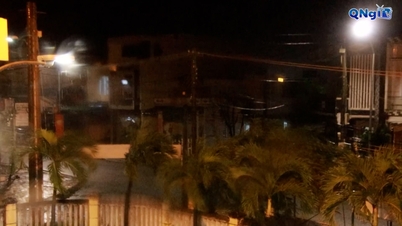

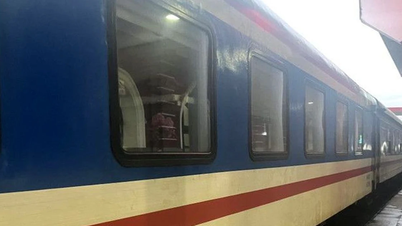

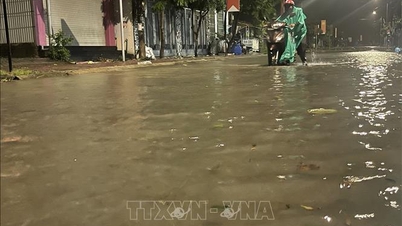

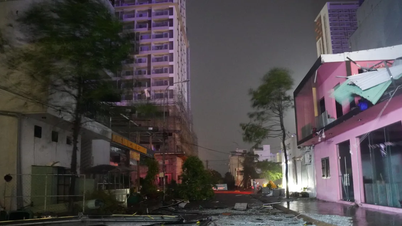



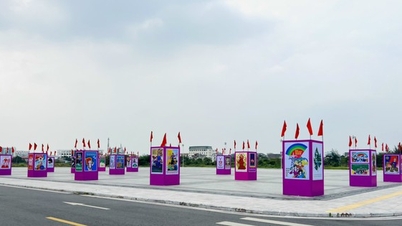













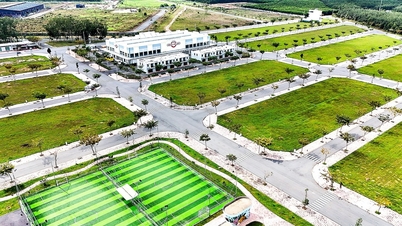












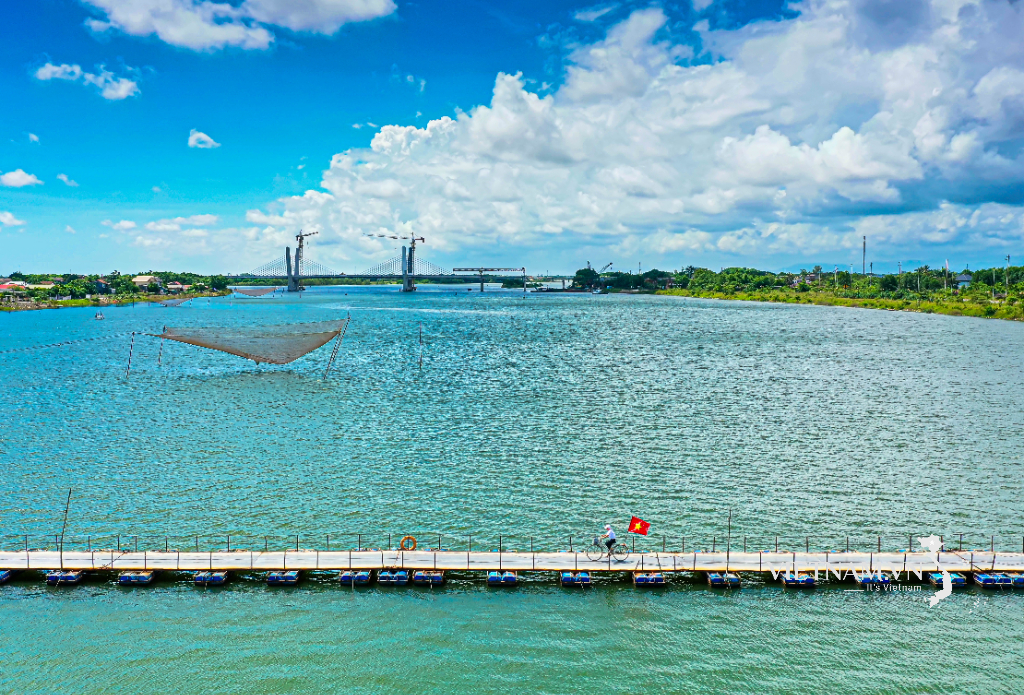

Comment (0)